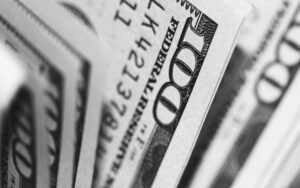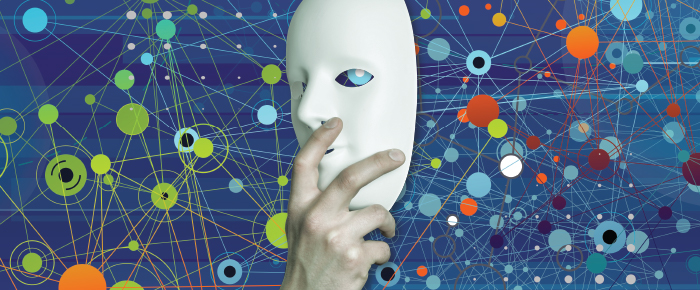Alison Jimenez, president of Dynamic Securities Analytics, authored “Healthcare Fraud During a Pandemic: Fast Facts for Financial Institutions” published by Thomson Reuters. Healthcare fraud SARs are severely under-reported and the Covid-19 pandemic underscores the importance of uncovering and reporting healthcare fraud via SARs.
Healthcare fraud pre-dates COVID-19, however, the global pandemic has highlighted the importance of identifying and reporting healthcare fraud in the Suspicious Activity Report (SAR) regime. The life-and-death consequences of healthcare fraud can manifest in a lack of funds to buy respirators, unnecessary medical procedures being performed, or ineffective drugs being prescribed.

The United States identified healthcare fraud as a key threat in the National Money Laundering Risk Assessment. Healthcare fraud is the largest source of illicit funds laundered in the United States with estimates ranging from $100 billion to $230 billion in illicit proceeds each year. Healthcare fraud generates 1 out of every 3 illicit dollars laundered.[1] Yet only about 1000 healthcare fraud SARs are filed annually. In fact, there are fewer healthcare fraud SARs filed each year than Elder Abuse, Human Smuggling and Pyramid Scheme SARs.
The article discusses:
- Common healthcare fraud schemes
- Risk ranking healthcare providers
- Account opening and transactional Red Flags
[1] Tax Evasion is the largest source of laundered funds. The funds laundered to evade taxes may have been legally earned. Health care fraud is the largest source of illicit funds, meaning that the funds were generated from illegal activity.




